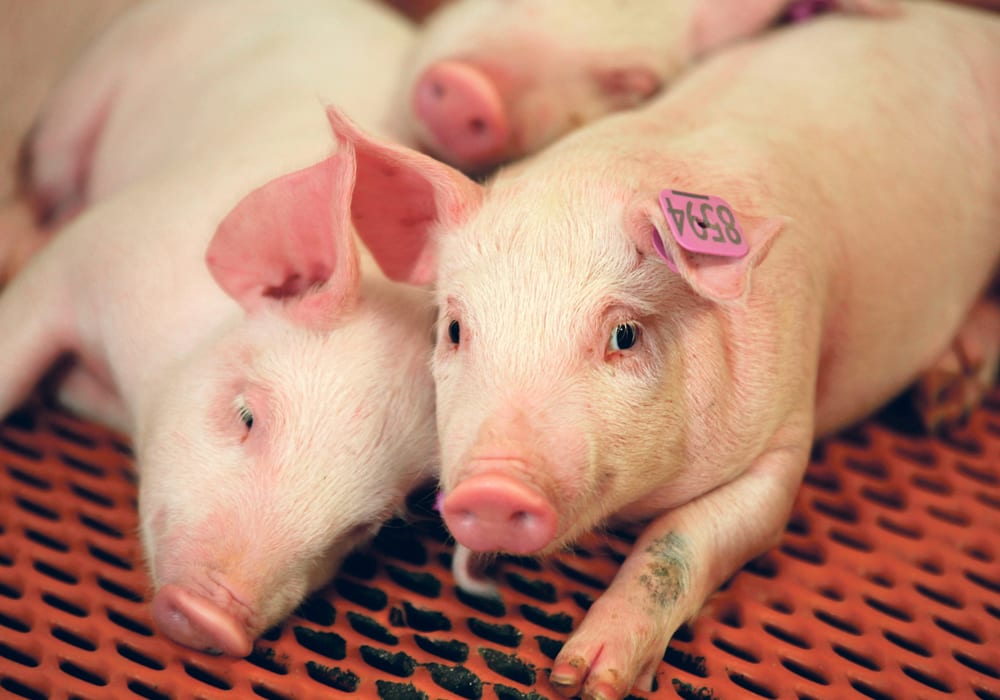An analyst predicts that ‘the Armageddon’ is coming if the Canadian industry doesn’t find a way to solve market crisis
Canadian hog pricing has been widely debated for the last five years with no agreement in sight.
The dilemma of under-used packing plants, producers leaving the business and market volatility were discussed at the recent Alberta Pork annual meeting in Calgary. While some producers favour a made-in-Canada price formula, economists were hesitant to endorse the idea.
Canadian prices use a multi-factor formula based on cash prices in the United States. There are also price differences between regions, and the spreads are wide at some times of the year.
Read Also

Critical growing season is ahead for soybeans
What the weather turns out to be in the United States is going to have a significant impact on Canadian producers’ prices
Canadian and American producers have raised concerns about the current system because the cash price is a thinly traded market, said analyst Kevin Grier.
“We are really high on the American price when things are going in our favour, but what is the alternative? It is a global market, and how do we get away from tying to the U.S. price?” he said.
“I don’t see what a made-in-Canada price would achieve.”
Canada would not be protected from volatility and would probably not give the industry the signal it needs to rebuild and grow.
Steve Dziver of Commodity Professionals described the Canadian industry as one in crisis.
“The Armageddon is coming. We are probably within a year away from it,” he said.
“We have seen degradation of the producer volumes over time. It is either going to blow up, and that is going to be the packers’ problem. There is some rebuilding happening, but I don’t think it is enough.”
Dziver said there is only so much money in a hog, but a new method is needed to share the value among all sectors.
Whether everyone would participate is another question.
American analyst Brett Stuart said negotiating price as individuals has little leverage, but an industry may have some strength.
“There is good money to be made in partnership with a packer, but you have got to do it from a position of leverage where you can negotiate equitably,” he said.
Dziver said the Canadian and U.S. markets are tied together.
The United States remains a major market for live animals and pork. About five million live hogs go south each year. Probably 80,000 Canadian isoweans and feeders cross the border each week, but this is down from 10 years ago when 130,000 head crossed every week.
“We are dependent on that market,” he said.
“The U.S. is a very large market for us, both from a pork perspective as well as live sales.”
Packers would prefer that those pigs stayed in Canada.
Western plants from British Columbia to Manitoba have 200,000 head capacity per week but typically slaughter about 163,000 per week, so the utilization rate is around 80 percent. American packers are running at nearly full capacity.
“There is under-used capacity on the Prairies,” said Grier.
Hog inventories are also down. An extraordinary contraction occurred from 2005-13 with 20 to 25 percent fewer sows in the West. Sow herd growth in Canada was around two percent, but there are eight percent more sows in the U.S.
Nevertheless, demand for pork is strong, so something has to change, said Grier.
Canadian pork commands premiums in export markets, but the domestic buyer often provides the best returns to packers.
Canada exports a mix of products and had a good reputation for supplying what the customer specified.
“We get more because we compete based on a higher quality product, but that is changing and our quality differentiation is getting less and less against the Americans and the price premium is getting less,” Grier said.


















